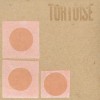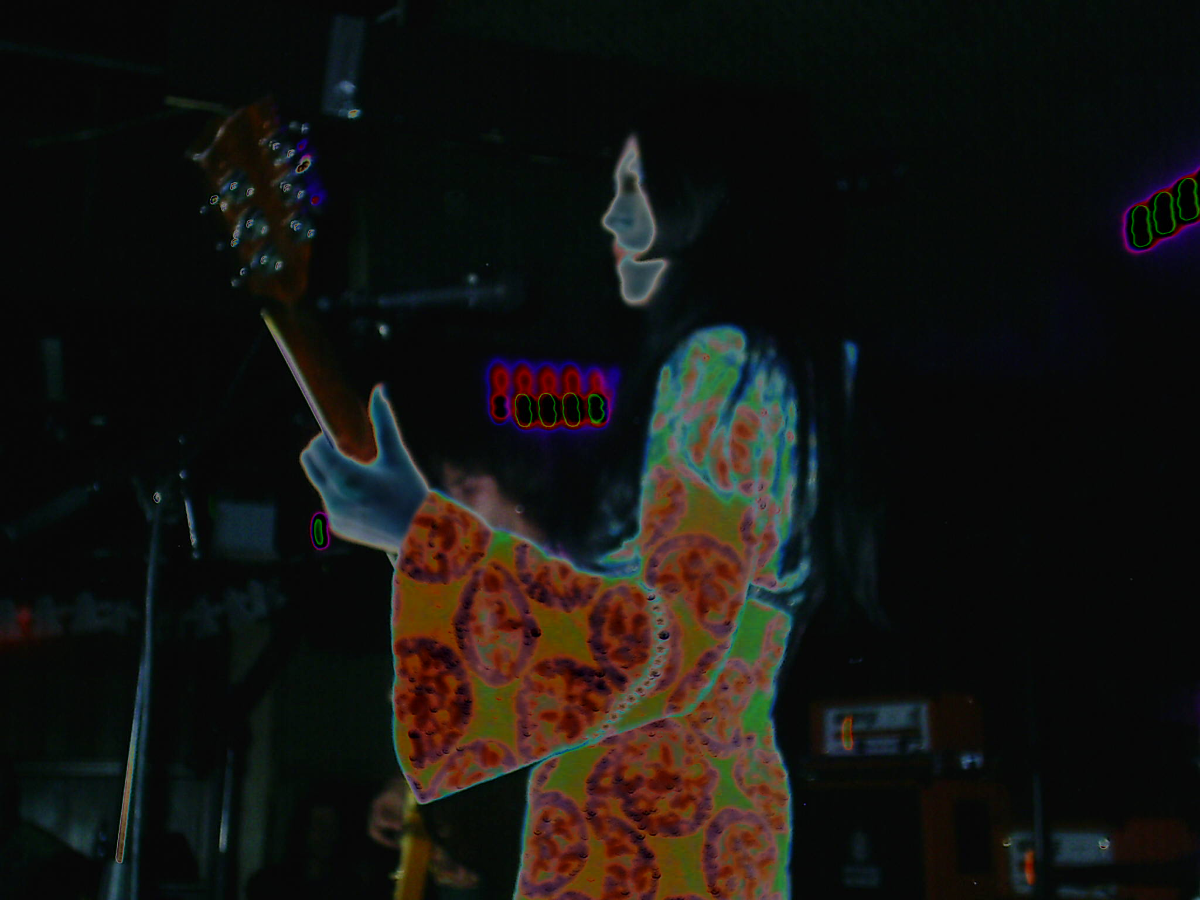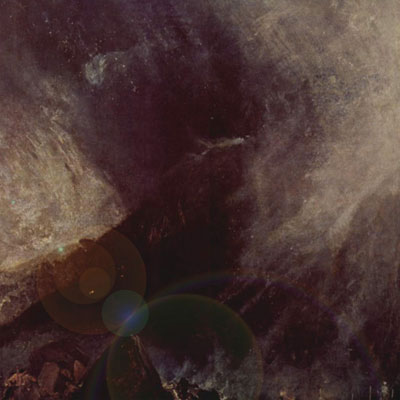 The arrival of Tortoise brought along a discussion surrounding the widespread use of a new genre term that described a supposedly emerging musical genre. The term was ‘post-rock’ and, at the time, seemed to be the focus for as much debate as the band were themselves.
The arrival of Tortoise brought along a discussion surrounding the widespread use of a new genre term that described a supposedly emerging musical genre. The term was ‘post-rock’ and, at the time, seemed to be the focus for as much debate as the band were themselves.
Supposedly coined by music journalist Simon Reynolds, the term appeared to be much maligned at the time. Deemed as po-faced, as was much of the music which fell under the banner, it shared space in the musical room of shame alongside IDM (intelligent dance music); surely the most irritating of all genre titles.
Reynolds first used this term when reviewing the Bark Psychosis album Hex for The Wire; and indeed post-rock was initially attributed to the British underground as a way of categorizing bands such as Stereolab, Pram, Laika, Moonshake, and the aforementioned Bark Psychosis. However, it wasn’t long before the American Tortoise were held up as the figureheads for Post-Rock; which seems unusual as Tortoise had a definite ‘American’ sound to them that was very different from the UK bands mentioned.
The Tortoise sound was characterised by a kind of dry production that gave everything a bleached and woody sound. The music itself could simply be described as fusion. Imagine an on-form Don Cherry or Herbie Hancock allowing the Canterbury sound to have influenced them whilst taking on board Dub Reggae, Detroit Techno, Math Rock, and Americana such as John Fahey, Henry Flynt, Harry Smith; and even Ry Cooder (for whom the third track was named after); all a far cry from Stereolab et al.Another band that has to be mentioned when discussing Tortoise is Slint. Stylistically close to Slint, apart from the fact that there are no vocals to be found at all, Tortoise build the same tension through slow build ups and restraint as the aforementioned Slint. In fact Slint’s Dave Pajo joined Tortoise for their next album Millions Now Living Will Never Die.
Their sound was fully realised and confident by the time they released Tortoise, their debut album, in 1994. Opening track “Magnet Pulls Through” has a pulsing bassline riff offset by lazy motorik drum patterns. The tension is temporarily relieved from time to time with an intensification of the minimal riff, and the drums hit with more ferocity. However, normal service is resumed instantly with the piece falling back into tight restraint. In fact the term restraint can be used to describe the whole album, and the band in general.
Tortoise’s sound also seems to have taken its cue from the aforementioned IDM, where restraint could easily topple over into politeness, which is surely never the goal for any musical movement that falls into the coveted ‘underground’ bracket. The thing is, Tortoise definitely fell into the polite bracket too often, holding back when we all wanted to see them let loose. It could be said that this was the band’s intention; that these were the ideas they wanted to convey and they brought us their pure vision; that the music they were playing was all about holding back and letting the tension build without any release; just the promise of release. When they pulled it off, it worked wonders, as on “Magnet Pulls Through.” It doesn’t work so well on a track like “Tin Can and Twine,” which could easily be described as dull. Polite, sometimes pretty, but ultimately dull.Luckily the majority of the album avoids being easily tagged as dull, although the tension mentioned in the opening track isn’t really touched upon again. What we get instead is Ry Cooder-esque quitar stylings on “His Second Story Island” and spaced out drone and skittery percussion on “Onions Wrapped In Rubber,” a track that has a great false start with the listener thrown into 80s Hip-Hop territory replete with heavy reverb on a John Bonham-style drum pattern. This B-Boy reference shows up at the end of the track with the skittering percussion threatening to usurp the steady pulse.
The albums centrepiece is a track called “Spiderwebbed,” a beautifully melancholic track built from twanging guitars, plucked bass, and simple drum patterns that recall NEU! as if they had taken a couple of valium. The track builds in an elegant tangle; much like a spider web; leaving the listener with a distinct feeling of nostalgia. The album closes with an uncharacteristic jaunty number, vocal samples relaying each day of the week giving way to a clipped and jaunty jazz fusion number.The thing that is clear from this album is that Tortoise were a band who truly understood the term ‘fusion’. Rather than tacking on bits and bobs from several genres, they came up with genuine hybrids; twisting new and unfamiliar shapes from old familiar ones. This was an incredibly strong debut from a very confident band; and it still stands up today, 18 years after its first release. Tortoise is indeed a reissue that can stand tall.
-Jay Harper-



